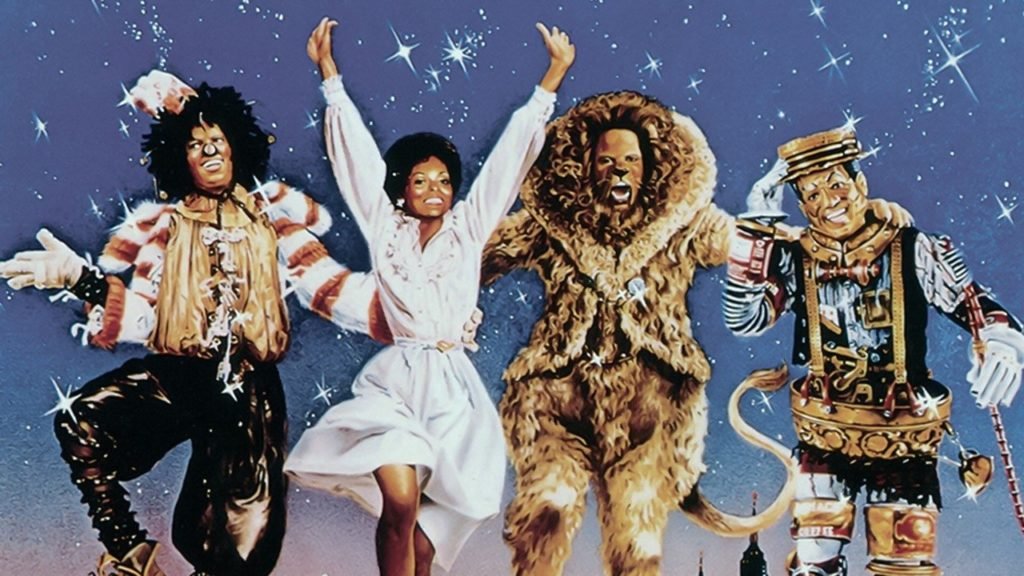Behind the Curtain: The Internet Trap
“The Internet Trap” took me through the experience of Dorothy in the magical land of Oz but skipped right to the end in meeting the Wizard of Oz. Before reading “The Internet Trap,” I knew that big brands and firms had an advantage over small, individual firms and influencers. Still, I sincerely believed in the second internet the author, Matthew Hindman, describes. Hindman says the second internet is “the imaginary internet—the idealized, fictionalized, reified internet that ‘everyone knows’ is democratizing communication and economic life” (p. 163).
As Dorothy and Toto began the quest to see the Wizard, I also created content on Instagram and Twitter in the hopes that my wishes would be fulfilled. I have been on Twitter since 2009 and Instagram since 2012, with a decent following (less than 3,000) on both platforms. Sadly, I believe the myth that if I work harder and post consistently, I can build a following and platform on social media as a creator. At the very least, I could acquire brand deals and partnerships with my favorite companies to get free things like clothes, health supplements, and beauty products. Well, Hindman helped me realize quickly that we are not in Kansas anymore. Not only are brands able to attract more attention because of resources, money, staff, data, and computing, audiences keep persistently refusing to decentralize (p. 7). Companies like Facebook (meta) and Twitter promote becoming content creators and being paid, but the more time I spend online, the richer the site evolves. I am tricked into believing I am a creator when I am actually spending more time as a content consumer. Hindman clarifies that “it is time to stop pretending that the internet is a level playing field” (p. 17). And naively, I believe having a “clean” internet profile that does not use too much profanity, sexuality, or opinions can be too radical and polarizing. While I had not known about the ethical principles of AI before reading Bernd Carsten Stahl’s “Artificial Intelligence for a Better Future”, I have tried to move ethically on social media. The ethical principles are transparency, justice, fairness, non-maleficence, responsibility, privacy, beneficence, freedom and autonomy, trust, sustainability, dignity, and solidarity (p. 28). While the principles sound good in theory, in practice on the internet, ethical principles are not discussed or centered. In actuality, drama, violence, and other amoral content trend and go viral more often.
As a digital native, I was made to believe that the internet was primarily a free and equal place. Companies often try to figure out how to find their way onto social media. Companies that have gotten Black slang wrong in an attempt to be cool online gave me the façade that we all are fumbling around with the new features of the internet and social media like IG reels and Twitter circles. But a large company always had the upper hand to beat me out as an influence on the web. The reality is that brand loyalty, and the mass amount of money companies spend on building and defending their brands cast a great shadow over small brands (p. 29). I was aware that creating a brand is key, but the decades and money Nike, Apple, Google, and other large brands have researched and invested in their brand made me feel like the Scarecrow who needed a brain to make the reality of their resource that feels so, duh, make sense.
But here I am, on the yellow brick road, hoping I can make it to Emerald City. Hindman discusses companies’ ability to advertise multiple times and retarget on numerous platforms (p. 30) and the partisan echo chambers created through personalization (p. 48), continuing to uncover the vast space between creators and big corporations. As a creator, I am suggested to keep content fresh and new which means posting multiple times a day and on 2-5 different platforms. For instance, Tik Tok influencers recommend posting 2-3 times a day with the hope that one of your posts will garner attention. But with Tik Tok, it is like playing rushing roulette. One post could gain 50,000 views, but it does not mean you will earn 50,000 followers. I have seen creators have one dance go viral and then stick to that trend, doing the same dance every day in a new location and outfit. It literally seems like a joke. On Instagram, because the platform once to center Reels, significant influencers (100,000+) followers have said that their likes and followers have decreased consistently since Instagram has tried to compete with Tik Tok.
Unlike the Wizard of Oz, Hindman is not ashamed or hiding behind a curtain of the truth of the internet. On the internet, a third of web visits go to the top ten firms, Americans have a few local options online for news, and all profits large firms make to building giant factories in a “post-industrialized world (p. 163). The author offers me a warning: the possibility of becoming popular on the internet is further away than I think. And the internet is more controlled and directed by giant firms than I realize. I thank Hindman for this reality check because it puts me back in the place of loving social media for the fun of it and not the carrot dangled in front of me. It motivates me to click the heels of my red slippers and go back home to post for fun and creativity and not in the interest of increased followers, likes and attention.
